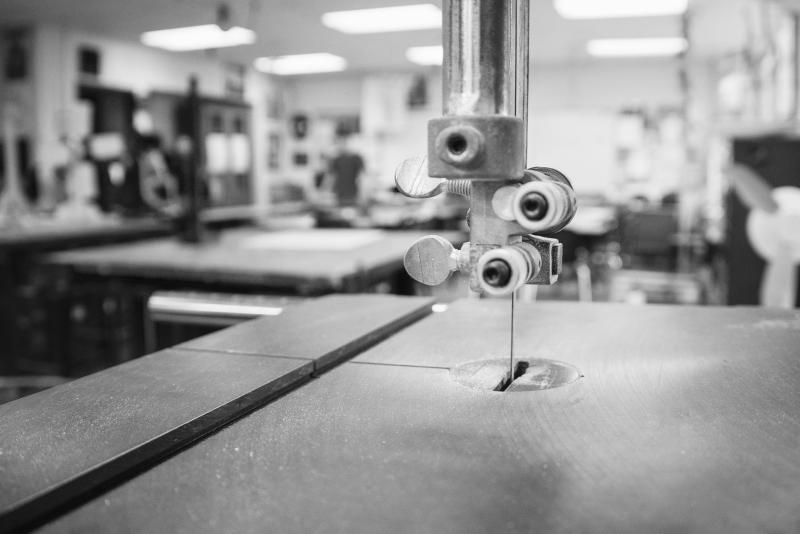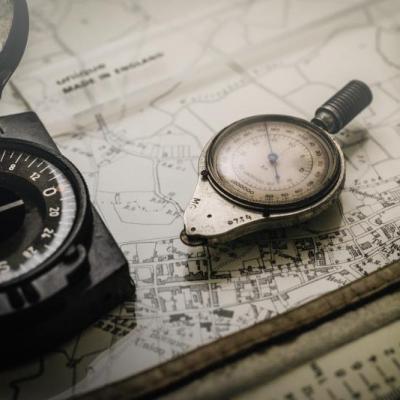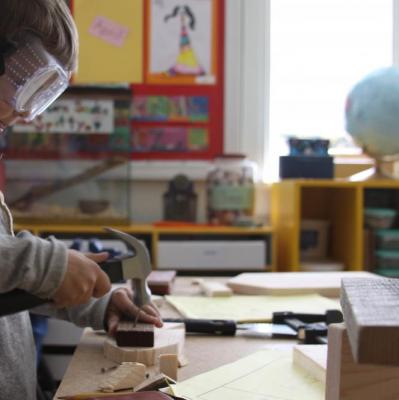A resource for educators to explore the ways you can use the Agency by Design Framework and Making Moves/Indicators.

A resource for educators to explore the ways you can use the Agency by Design Framework and Making Moves/Indicators.

The routine helps students explore complexity by encouraging them to consider that people may have different experiences with and perspectives on the same object or system. This routine also encourages students to think more carefully about how the object or system impacts their lives and the lives of others.

Esta rutina de pensamiento ayuda a los estudiantes a ir lentamente y observar detallada y cuidadosamente, al animarlos a mirar más allá de las características obvias de un objeto o sistema. Esta rutina de pensamiento estimula la curiosidad, plantea preguntas y hace evidente otras áreas para continuar la investigación.

Agency by Design researcher Jen Ryan explores some of the central ideas from the framework at TEDxDirigo Generate.

Essa rotina de pensamento ajuda os estudantes a desacelerar e a olhar atentamente para um sistema. Ao fazer isso, os jovens são capazes de situar objetos dentro de sistemas e reconhecer as várias pessoas que participam – direta ou indiretamente – de determinado sistema.

Maker-Centered Learning And The Development Of Self: Preliminary Findings Of The Agency By Design Project
A White Paper Presented By Agency by Design
Project Zero, Harvard Graduate School Of Education
This White Paper, from January 2015, presents an overview of our developing work, and concludes by presenting the “big take away” from our research and by making suggestions for policymakers, educators, and other stakeholders. Along the way, we identify what we consider to be the most salient benefits of maker-centered learning for young people and, introduce some of the key concepts and resources that have emerged from our work, including the concept of maker empowerment, the importance of developing a sensitivity to design, and the three pathways that lead to these desired outcomes.

This tool guides young learners to look closely at a system and explore its complexity by directly experiencing the system and reflecting on that experience. This is particularly helpful when working with very young students who may struggle to conceptualize a complex system without direct experience. In addition, this tool provides suggestions for making student thinking visible by encouraging students to share their ideas and learn from each other.

This practice is designed to deepen learners’ sensitivity to design through drawing, observing, questioning, and collaborating.

This thinking routine helps learners slow down and make careful, detailed observations by encouraging them to look beyond the obvious features of an object or system. This thinking routine helps stimulate curiosity, raises questions, and surfaces areas for further inquiry.